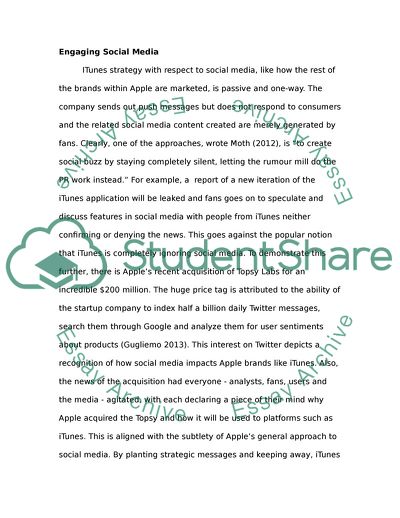Cite this document
(E-Commerce Essay Example | Topics and Well Written Essays - 1500 words, n.d.)
E-Commerce Essay Example | Topics and Well Written Essays - 1500 words. https://studentshare.org/marketing/1812961-e-commerce
E-Commerce Essay Example | Topics and Well Written Essays - 1500 words. https://studentshare.org/marketing/1812961-e-commerce
(E-Commerce Essay Example | Topics and Well Written Essays - 1500 Words)
E-Commerce Essay Example | Topics and Well Written Essays - 1500 Words. https://studentshare.org/marketing/1812961-e-commerce.
E-Commerce Essay Example | Topics and Well Written Essays - 1500 Words. https://studentshare.org/marketing/1812961-e-commerce.
“E-Commerce Essay Example | Topics and Well Written Essays - 1500 Words”. https://studentshare.org/marketing/1812961-e-commerce.


